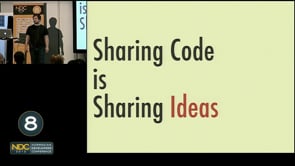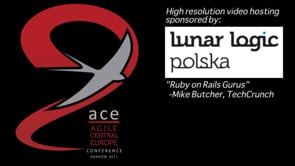Agile and Lean Six Sigma
This video shares the agile adoption experience that a Six Sigma Black Belt and an agile coach took borrowing concepts from Lean/Six Sigma to help promote and sustain the change that adoption to agile brought to the software development team. Are they opposing concepts or complementary?




Last Comments